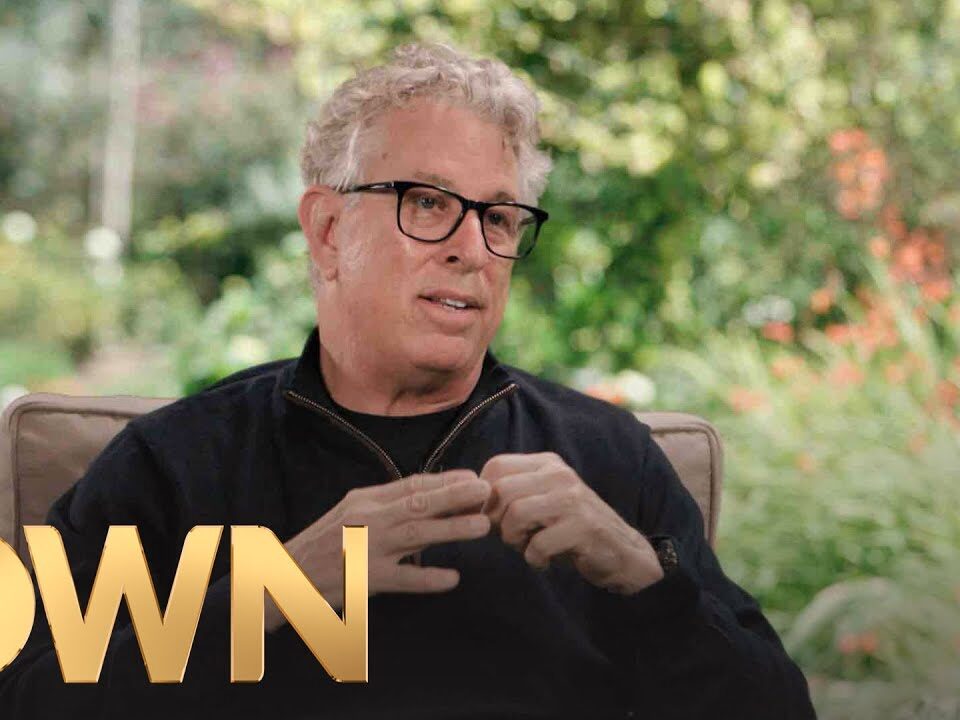John and I will be heading down to Kojonup on Thursday to have a variety of discussions about a new project we have been developing with children’s writer and illustrator Lisa Martello-Hart. This is a community-driven project that aims to use community members, the knowledge of world-leading experts, and local history, to help enhance the wellbeing of children and others in the wider community. The project will involve an Asset Based Community Development (ABCD) approach.
John will be in Kojonup until Saturday afternoon and I will remain until Wednesday. (Remember, I was ill and couldn’t make our trip in October—John had to give my talk as well as his own.) Whilst in Kojonup, I will give a long talk entitled Enabling Connection, Resilience and Healing, a good part of which will be devoted to the work of world-leading trauma expert Bruce Perry and his colleagues. I will also talk about Indigenous Healing practices, the ABCD approach, and the magical happenings in the classroom at Carrolup Native Settlement, relating the latter to our current understanding of trauma and healing.
In the next couple of days, I want to write a few blogs which will provide links to important information related to that described in my forthcoming talk. Many of these links will be to my past Healing blogs on The Carrolup Story. I start with links to my blogs relating to Bruce Perry. Please don’t get overloaded with all this information. I just wanted to make sure that the links were there so you can select what you might be interested in. Here we go:
‘What Happened to You?: Conversations on Trauma, Resilience, and Healing’: In this book, Bruce has put together so well what he has learnt throughout his career (a great deal from the young people he has worked alongside), and has described his theories of how we function as human beings, and how trauma can have such a devastating impact on us. He describes the many ways we can facilitate the healing of trauma.
On Relationships and Connectedness: Bruce Perry: ‘Yes, I’m very concerned about poverty of relationships in modern society. In our work, we find the best predictor of your current mental health is your current “relational health”, or connectedness. This connectedness is fueled by two things…
Belonging and Being Loved: Bruce Perry: Belonging and being loved are core to the human experience. We are a social species. We are meant to be in community, emotionally, socially and physically interconnected with others. If you look at the fundamental organisation and functioning of the human body, including the brain, you will see that so much of it is intended to help us create, maintain and manage social interactions. We are relational creatures.
On Trauma and Healing: Quotes from Bruce Perry and Oprah Winfrey’s New Book: Our ancestors recognized the importance of connectedness and the toxicity of exclusion. The history of the civilized world, on the other hand, is filled with policies and practices that favored disconnection and marginalization—that destroyed family, community, and culture.
Oprah Winfrey & Dr. Bruce Perry in Conversation: SXSW EDU 2021: Oprah Winfrey and leading child psychiatrist and neuroscientist Bruce Perry, MD, PhD explore the impact of childhood trauma on who we become, the decisions we make, and how healing must start with one question ‘what happened to you?’….
Dr Bruce Perry on How To Transform Pain Into Power: ‘I think of the most transformative people I have ever known, every single one of them had personal pain and traumatic experience that was a core element of who they became. And it didn’t crush them… Those people tend to have tremendous empathy for others who are struggling and they tend to have wisdom.’
Stress, Trauma, and the Brain: Insights for Educators – Bruce Perry: As I watched these films, I realised how pertinent what Bruce was saying to what was going between Noel White and the Aboriginal children of Carrolup. I also realised how important these films are for teachers and the people overseeing education systems today.
Relationships, Connection and Healing from Trauma: In The Boy Who Was Raised as a Dog, he tells their stories of trauma and transformation. Dr. Perry clearly explains what happens to the brain when children are exposed to extreme stress. He reveals his innovative methods for helping ease their pain, allowing them to become healthy adults.
On Empathy: I’m reading a fascinating book at the moment, written by Maia Szalavitz and Bruce D. Perry, M.D., Ph.D., titled Born for Love: why empathy is essential—and endangered. Possessing empathy is a key attribute for people who are trying to help others heal or recover from trauma and its consequences, e.g. mental health problems, addiction.
Six Core Strengths for Healthy Child Development: ‘Each of the core strengths–attachment, self-regulation, affiliation, awareness, tolerance, and respect–is a building block in a child’s development. Together, they provide a strong foundation for his or her future health, happiness, and productivity….’
Aboriginal healing practices for loss and trauma: Bruce Perry: Examination of the known beliefs, rituals, and healing practices for loss and trauma that remain from Aboriginal cultures reveal some remarkable principles. Healing rituals from a wide range of geographically separate, culturally disconnected groups converge into a set of core elements related to adaption and healing following trauma.
Without a Life Story: Bruce Perry: Without a life story, a child is adrift, disconnected and vulnerable—their neurobiology of reward, stress regulation and relational interactions are all altered—in negative ways—without a cortically mediated coherent personal narrative. Our conventional efforts to ‘treat’ them will often be frustrated and ineffective.


